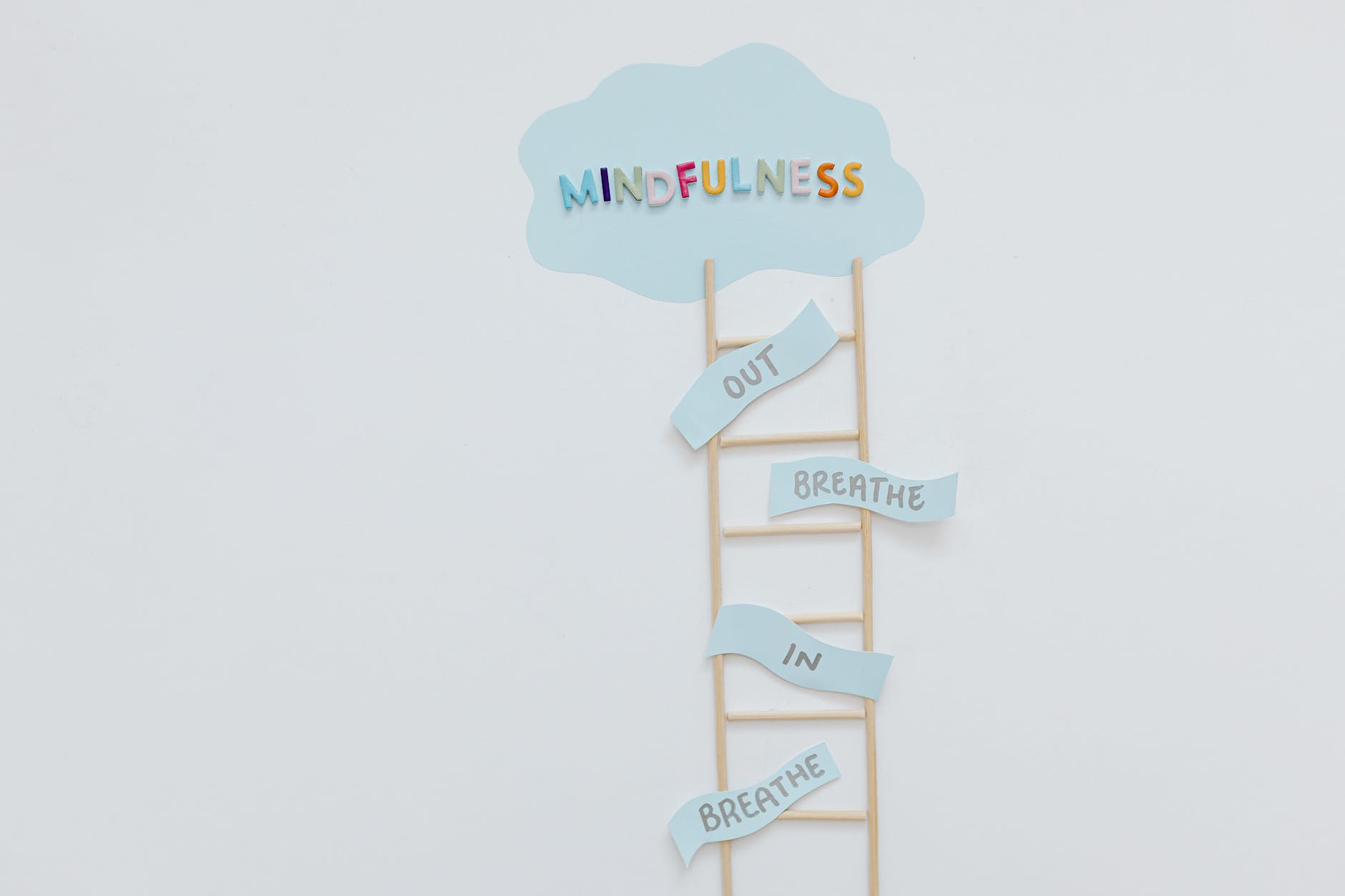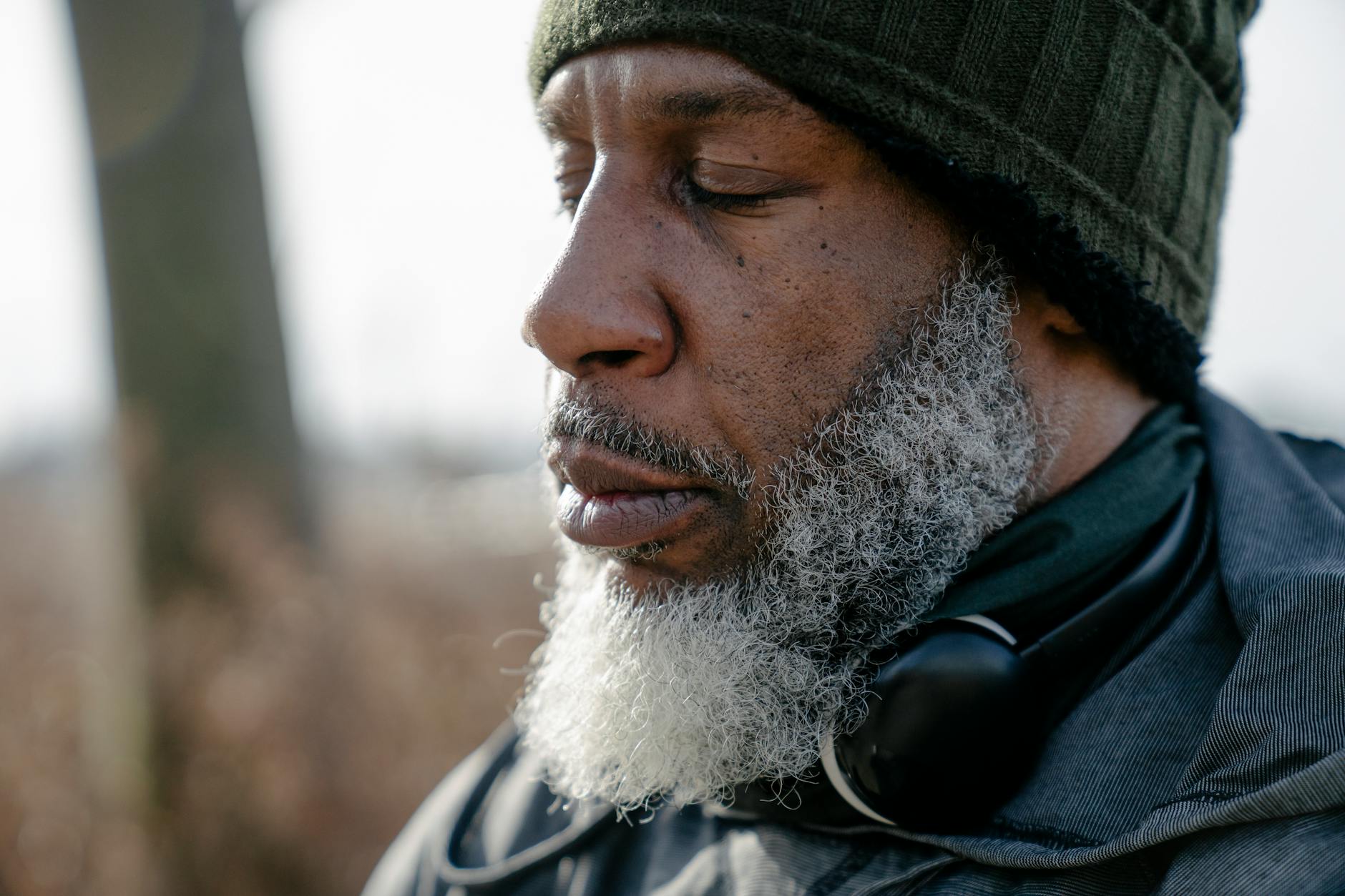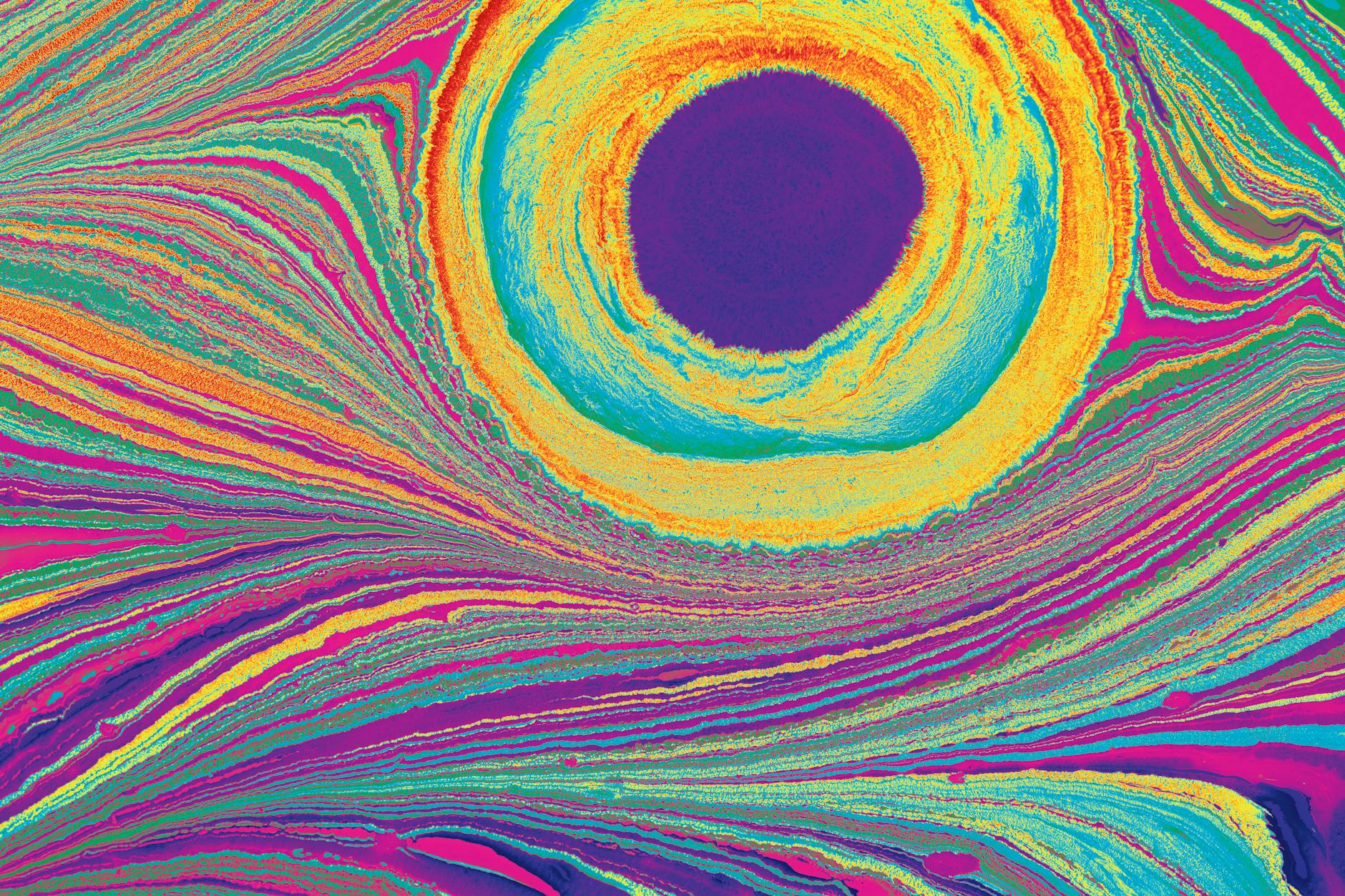The therapeutic potential for psychedelics in the field of mental health has become a hotbed for conversations from Silicon Valley to mainstream medicine. In numerous clinical settings, these seemingly unconventional methods, including the use of psychedelics and art therapy, are being embraced for their therapeutic benefits. Particularly, the combination of art therapy and psychedelics is generating fresh dialogues associated with healing and self-expression.
Renowned for their capacity to expand consciousness and promote self-reflection, psychedelics have been studied for their impact on creativity and mental health. Psilocybin, LSD, and MDMA, among others, can be used in a controlled, safe therapeutic context, with preliminary research suggesting potential for addressing conditions such as depression, anxiety, and post-traumatic stress disorder.
Art therapy enters the scene as a distinct yet synergistic complement to psychedelics. This therapeutic approach uses creative activities like painting, drawing, or sculpting as a route to healing, facilitating expression of emotions or thoughts that might otherwise remain unarticulated. It has been found to be beneficial in treating various mental health conditions and is highly recommended for those who find it difficult to express their feelings verbally.
The merging of the psychedelic experience and art therapy is not entirely new. In fact, psychedelic art, characterized by bright colors, intricate patterns, and surreal imagery, emerged in tandem with the countercultural movement of the 1960s. Artists would often create these kaleidoscopic masterpieces while under the influence of psychedelics, adding substance to the claim that these substances could unlock creativity.
When it comes to art therapy, the newfound ideas and feelings elicited during a psychedelic experience may provide a wealth of material to explore. The artwork produced consequent to a psychedelic trip often showcases vivid and profound symbolism that may aid in uncovering deep-seated traumas, repressed memories, or psycho-emotive challenges. This process may aid deeper self-exploration, providing meaningful insights and complementing traditional therapy.
As per recent studies, psychedelics are remarkably potent in this regard. One such study revealed that psilocybin, found in magic mushrooms, instigates a range of hallucinatory experiences translated in art, which stimulates introspection and promotes emotional release, demonstrating a positive impact on mental health.
Another key impactful facet of psychedelic use within art therapy pertains to its potential to enhance empathy. Research suggests psychedelics amplify emotional connectedness to oneself, others, and the world around us, a key component of the therapeutic process. When utilized in art therapy, this sense of connectedness may allow for an enhanced ability to delve into personal narratives and trauma that can be a source of psychological distress.
There are clinical trials underway with the purpose of transparently investigating the potential therapeutic benefits of combining psychedelics and art therapy, further validating this emerging field. Institutions such as the Multidisciplinary Association for Psychedelic Studies (MAPS) are at the forefront of these efforts.
As promising as it is, the integration of psychedelics into art therapy shouldn’t be taken lightly. Psychedelic substances should always be used under the supervision of trained professionals to mitigate any risks associated with their use. With the current healthcare situation worldwide, a renewed emphasis on innovative, evidence-based, therapeutic interventions for mental health has never been more critical.
In conclusion, the field of psychedelics in therapy holds a vast reserve of untapped potential waiting to be explored, especially when combined with other therapeutic practices like art therapy. As we continue to demolish stigmas around mental health with the intention of improving it, it is clear that the conversation around art therapy and psychedelics will continue to evolve as integral to it. In these impending discussions, we should not forget the cardinal rule of any therapeutic intervention- the intention should always be to assist and heal, not harm.






